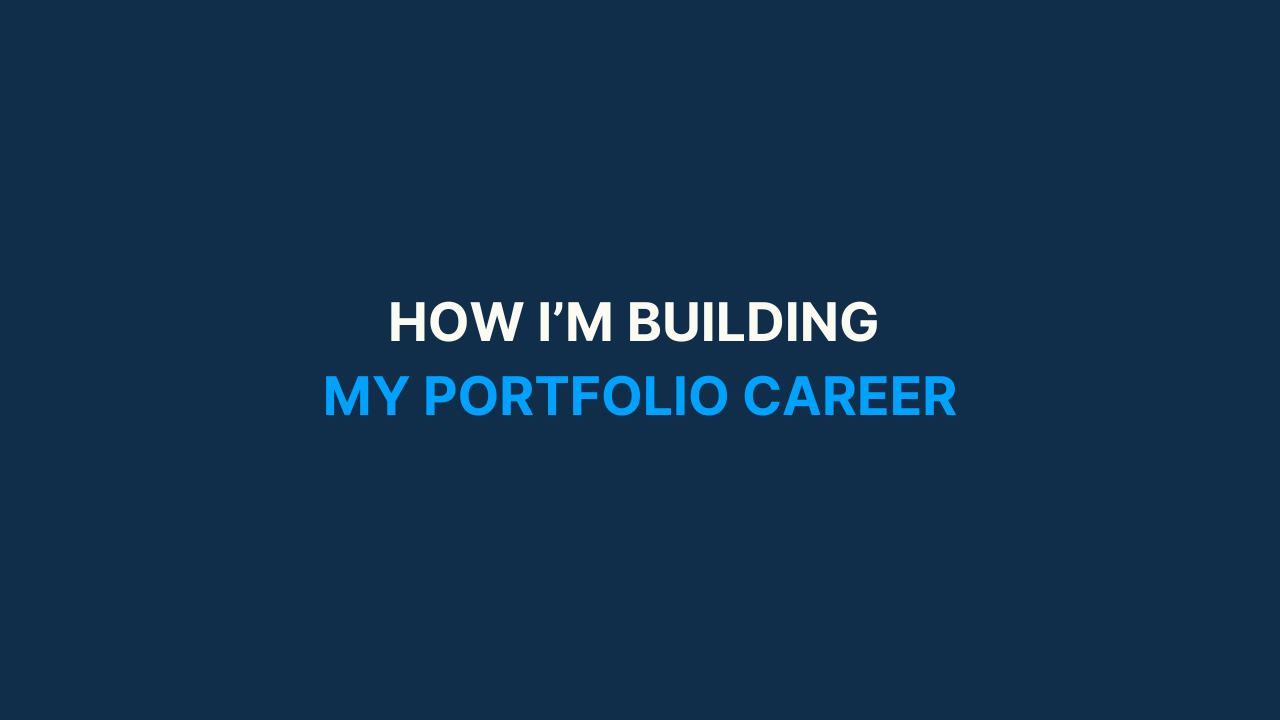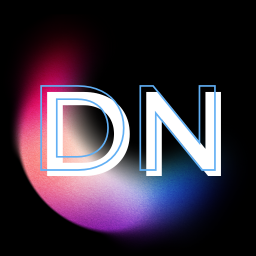The Three Steps Towards Multipreneurship [#50]
The Portfolio Career, Chapter 3: my archetype and how I'm looking at it
![The Three Steps Towards Multipreneurship [#50]](/content/images/size/w1460/2024/11/How-to-become-a-generalist--11-.png)
This is the third part of an (at least) 4-part email series, published over the next weeks about the topic of the Portfolio Career.
- Chapter 1: What is a Portfolio Career?
- Chapter 2: How do you build a Portfolio Career?
- Chapter 3: The Three Steps towards Multipreneurship (you are here)
- Chapter 4: How I’m building my Portfolio Career
- Chapter 5: How to treat your identity like your portfolio
I quit my full-time job in early 2024 and tasted the sweet fruit of freedom: a six-month sabbatical. While I wasn’t 100% happy with it, I did enjoy the ultimate freedom of waking up every morning and being able to do whatever I wanted to.
That led to all sorts of wonderful experiences, but most of all, it showed me that I absolutely do not want to go back anytime soon to a job, where half of my time is spent in meetings that I really shouldn’t be in.
Freedom is a valuable good. It doesn’t come easily; you have to work hard for it. And the best way I’ve identified for myself to work hard on it is to build up a variety of ventures.
Which implies that my Portfolio Career Archetype is “Multipreneur”. I’m a generalist that enjoys dabbling in a variety of things. And while I could also do this as a freelancer, I just love building companies. (Which is an asset that one should use.)
Now, you don’t just become a Multipreneur overnight. I view it as a three-step cadence: solopreneurship, entrepreneurship, multipreneurship.
Stage 1: Solopreneurship
The best way to dip your toe into running a business is to run one with just yourself in it.
This forces you to learn the basics from scratch while simultaneously minimizing the risks of launching a startup, as you don’t need a co-founder, don’t have a payroll to run, and only grow when you start making money.
It’s also easier to do on the side while still working full-time. You don’t just go straight into a Portfolio Career, you ease in.
That’s what I did. I started this very newsletter in late 2022, while still working full-time. Almost two years later, I finally released my first digital product: an online course about Personal Productivity.
This did 3 things for me:
- I started building an audience (like, you, the person reading this right now - thanks for being here!) and a personal brand
- Now, I have a digital product that scales with my audience growth: assuming a 5% conversion rate from subscriber to online course buyer, I can sell 1 license for every 20 new subscribers that I’m getting. Since I will continue writing this newsletter, this helps with passive income. So the course hopefully generates a steady stream of revenue that I can use to cover my costs, which makes the next stage easier.
- I now have something to test all sorts of go-to-market stuff with (for example, I’m currently playing with Reddit ads - never done anything with paid advertising before, it’s a huge learning curve). All of this will serve me well later on.
Now that I have a vehicle to build my brand and market my products/services, and a digital product that generates some income, I can tackle the next stage: entrepreneurship.
Stage 2: Entrepreneurship
Next, I want to go back to do what I do best - building businesses.
In fact, I just launched a recruiting business: Generalyst – the career accelerator for those won't don't want to specialize (yet).
Quick intermission: I've already received hundreds of applications for this accelerator, and some profiles are amazing.
If you – or anyone you know – are considering hiring for a Founder's Associate, Entrepreneur-in-Residence, Chief of Staff, Operations Associate or anything similar, please reach out.
You get to pitch to highly qualified candidates in a YC-type demo day, interview the best ones, and hire someone within weeks. Only pay if you hire – zero risk.
I’m not looking to build anything VC-backed. Instead, I want to build a lean & mean, cashflow-positive business. Think: 5-7 employees, 1-2M in yearly revenue, solid EBIT margins. Nothing too crazy - but difficult to build in itself already. (If it was easy, everyone would do it.)
Now, this business funnels back into the newsletter: every person I recruit, every client I acquire, has a chance to become a subscriber.
If they become a subscriber, they have a chance to buy my digital product(s). Or might be future customers of another business from the next stage.
Plus, running a business gives plenty of ideas and real-life case studies to write about. I’m bullish on building in public, and want to serve as inspiration for others also looking to pursue a Portfolio Career.
Once the business is profitable, systems are in place, and clients come on steadily, I plan to hand over the business to someone else to run it. Probably someone that has already worked in it for a while before.
Because then, the next stage comes in: multipreneurship.
Stage 3: Multipreneurship
“A Multipreneur is someone who creates multiple products per year, with the aim of creating a company that creates companies.” - Greg Isenberg, The Multipreneurship Manifesto
The next step is to build another cashflow-positive business, using the resources from both the solopreneurship efforts and the first venture.
Build this to profitability again, hand it over, build the next one.
This process becomes faster and faster, as every profitable business that you build gives you added resources to build the next one.
All those businesses feed into the content flywheel, and all those businesses benefit from an ever growing audience in this newsletter.
Eventually, this will lead to an “Idea Factory”: a place where one can simply build out any idea quickly, and has the supporting cast of cashflow-positive businesses that provide B2B services.
For example, if you have an in-house recruiting company, then hiring for a new startup becomes much easier. As goes for in-house marketing agencies, tax consultancies, etc.
That’s one idea of how you can run a Portfolio Career. But there are many more types, for sure.
Question for you:
If you were to launch a Portfolio Career, which archetype would you be and why?
Read this next:

Dominik Nitsch Newsletter
Join the newsletter to receive the latest updates in your inbox.
